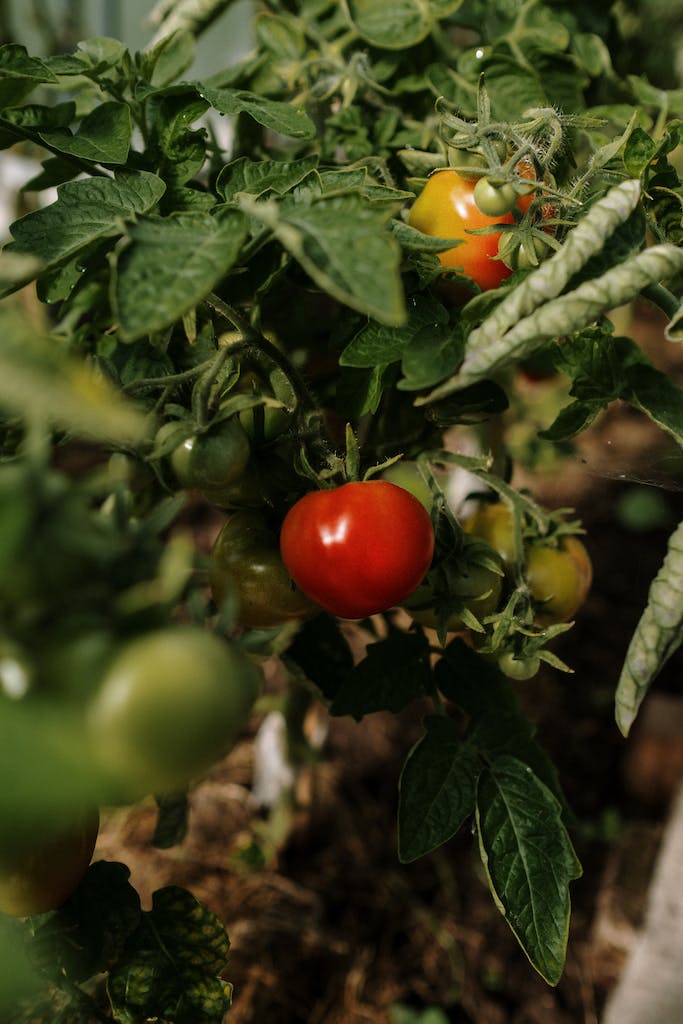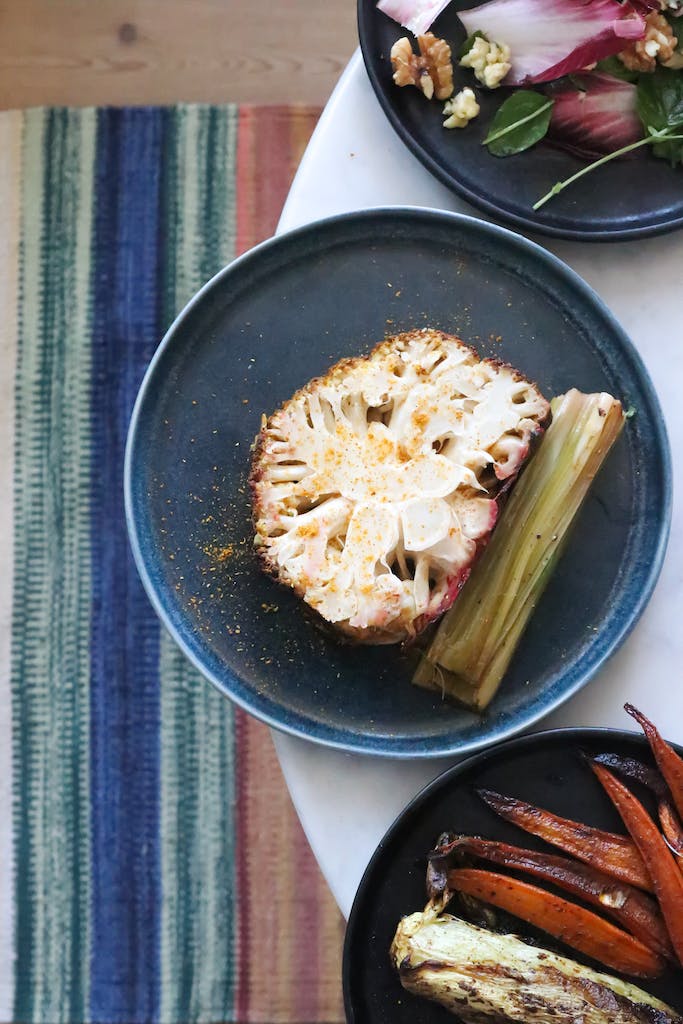The subtle charm of nature, particularly flowers that cleverly disguise themselves as weeds, has entirely captivated me. You may have come across plants that we casually brush off as mere weeds, but in reality, they are extraordinary flowers hidden in plain view! These species cleverly camouflage their true nature, enchanting those few who pause to admire their understated elegance.
In this article, I’ll explore some common species often mistaken for pesky intruders, delving deeper into the fascinating world of flowers that look like weeds. In this realm, beauty meets deception in the most enchanting way.
So come with me; let’s uncover the hidden worth of these unappreciated blooms together and learn to recognize the flowers that look like weeds but offer their unique beauty.
Key Takeaways
- Perception and identification are crucial for distinguishing between flowers and weeds.
- Understanding botanical characteristics is essential for plant identification.
- Recognizing valuable plants that look like weeds is important for maintaining biodiversity.
- Some that look like weeds have unique and valuable characteristics, such as medicinal properties or providing vital habitats or food sources.
Why Certain Flowering Plants are Mistaken for Weeds
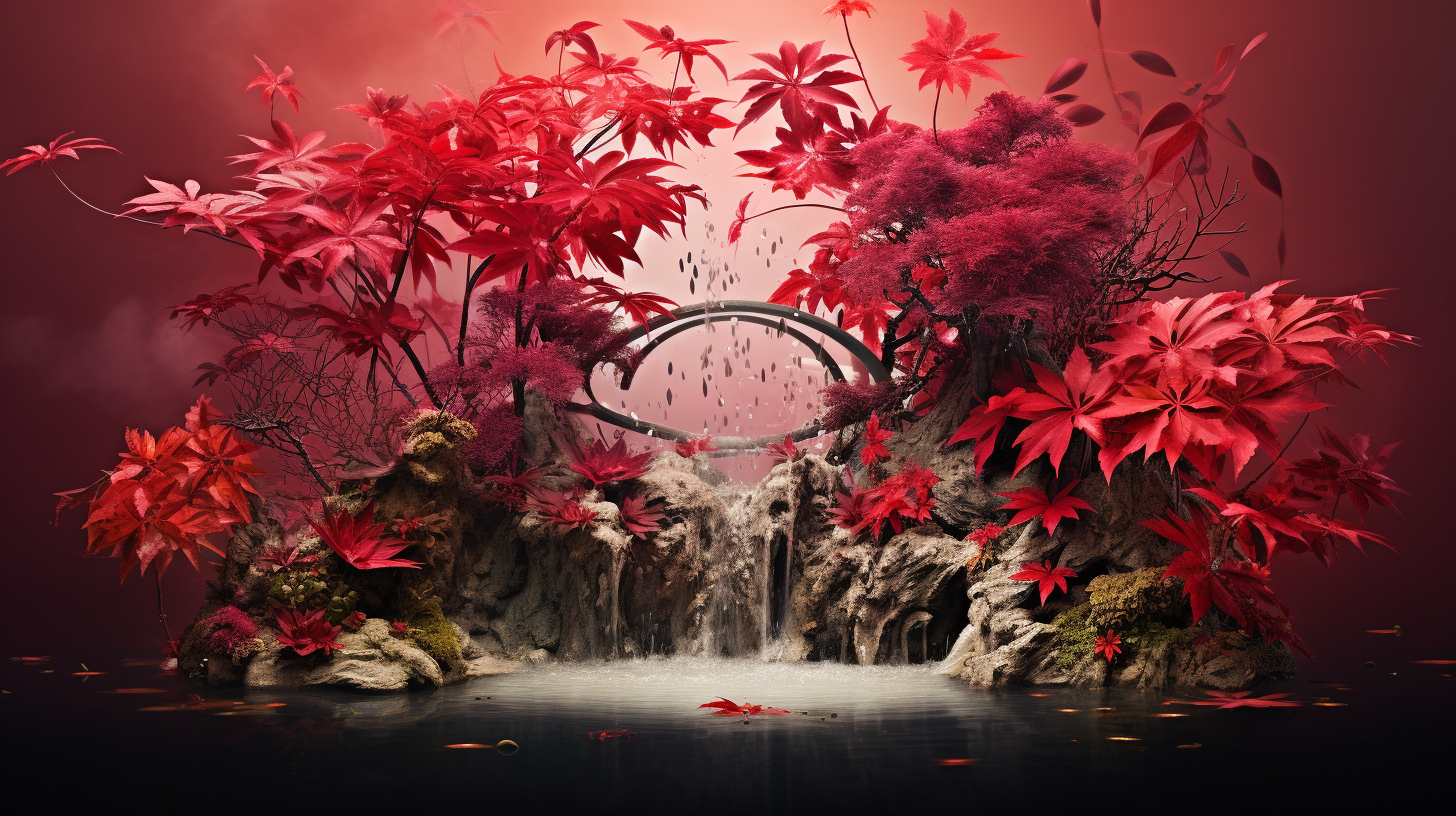
In our next discussion, we’ll delve into the intriguing world of botany and explore that thin line between what we define as a flower and a weed.
We’re going to untangle the botanical characteristics that often leave us confused. These characteristics can cause valuable plants to be mistaken for weeds.
Recognizing these misjudged beauties and understanding their worth is important. I’m excited to delve into this topic with you all.
The Thin Line Between Flower and Weed Definition
You’d be surprised to know how thin the line is between a flower and a weed. The key differences lie in:
1. Perception: Many flowers that look like weeds are simply misunderstood.
2. Identification: Weed look-alikes often mimic the distinctive weed leaf.
3. Environment: Some plants that look like weeds thrive in similar conditions.
Understanding this thin line sharpens your mastery of botany.
Botanical Characteristics that May Cause Confusion
The botanical characteristics can often cause confusion when trying to distinguish between certain plants. For instance, flowers that look like weeds are frequently mistaken for weeds due to their similar leaf texture.
It’s crucial not to hastily dismiss a plant based on its resemblance to a weed; it may well be in disguise!
Importance of Recognizing Valuable Plants that Look Like Weed
Recognizing valuable plants that may be mistaken for undesirable ones is crucial for maintaining biodiversity in our gardens and ecosystems. Here’s why:
1. Some flowers merely look like weeds but provide vital habitats or food sources.
2. Certain ‘weeds’ are actually beneficial plants with medicinal properties.
3. Preserving these misunderstood species reinforces the importance of recognizing valuable plants that look like weeds, fostering a richer and more balanced ecosystem.
Mint: The Fragrant Plant Often Mistaken for a Weed

In our next discussion, we’ll delve into mint, a fragrant plant often mistaken for a weed.
We’ll explore how to identify mint by its distinctive features, discuss its value in the garden and various uses, and I’ll also share some tips on controlling its spread in your garden.
This will be an enlightening conversation, especially for those who can’t distinguish between this aromatic herb and common weeds!
Identifying Mint by Its Distinctive Features
You’ll notice mint has very unique characteristics, such as its square stem and aromatic leaves. To master identifying this distinctive herb, focus on these features.:
1. The green leaves: They’re bold in color and slightly wrinkled.
2. Its smell: paradoxically, it can remind you of cannabis.
3. The square stem: Unlike most plants, it’s a tell-tale sign of mint.
Garden Value and Uses of Mint
Mint’s garden value is undeniable. It’s not only pleasant to the senses but also serves a multitude of uses. Its aroma is refreshing, and its medicinal benefits are myriad. From soothing an upset stomach to relieving headaches, mint’s medicinal properties are proven and potent.
Truly, the uses of this herb extend beyond its obvious charm in your garden.
Controlling the Spread of Mint in Your Garden
Keeping your plants under control can be challenging, as they’re known to aggressively spread if not properly managed. To master cultivation and control this invasive species, there are a few key steps to follow:
1. Regularly prune the stalks to prevent them from growing too long and becoming unruly.
2. Ensure that the leaves of your mint plants look healthy, as this is a good indicator of their overall well-being.
3. Be careful not to let your plants outcompete others in your garden. Mint tends to spread quickly and take over, so it’s important to keep an eye on its growth and ensure it doesn’t overshadow or choke out other plants.
Despite its rapid growth and potential resemblance to cannabis, it’s important to note that any similarity between mint and cannabis is purely cosmetic.
Distinguishing Between Cannabis Leaves, Hemp, and Japanese Maple

In our next discussion, I’ll be diving into the unique characteristics of cannabis leaves. This topic often stirs curiosity, given its controversial nature.
We’ll also explore how to recognize hemp. Hemp is essentially the legal counterpart of cannabis and often causes confusion due to their striking similarities.
Additionally, we won’t overlook the Japanese Maple. The Japanese Maple is an innocent impersonator with its red-tinged leaves, causing it to be mistakenly identified as its more notorious counterparts.
Unique Characteristics of Cannabis Leaves
They’re often mistaken for weeds, but cannabis leaves have distinct features like their serrated edges and palmate shape. The unique characteristics of cannabis leaves that look like weed at first glance include:
1. Their serrate, saw-like edges.
2. Distinct seven to nine leaflets.
3. A prominent central vein.
Mastering these features can help distinguish them from similar plants.
Next, we’ll dive into recognizing hemp: the legal cannabis look-alike.
Recognizing Hemp: The Legal Cannabis Look-alike
You’re about to learn to recognize hemp, the legal cannabis look-alike. Recognizing hemp is a key skill in distinguishing it from its illicit cousin. Take note of the serrated leaves – they’re a clear sign!
| Hemp | Legal Cannabis |
| Serrated Leaves | Smooth Edges |
| Tall Stalks | Short and Bushy |
| Muted Green Color | Vibrant Green |
| Sparse Flowers | Dense Buds |
Mastering this distinction ensures you’re on solid ground legally and botanically!
Japanese Maple: The Innocent Impersonator
Moving on from hemp, let’s delve into Japanese Maples. They’re commonly mistaken for different plants due to their unique maple leaves.
Here are three key points:
1. Japanese maples bloom with buds that aren’t typical.
2. Their leaves have a distinct shape.
3. They come in various colors.
Understanding these points will help you master plant identification!
The Hibiscus Doppelgängers: Rosemallow, Scarlet, and Cranberry Hibiscus
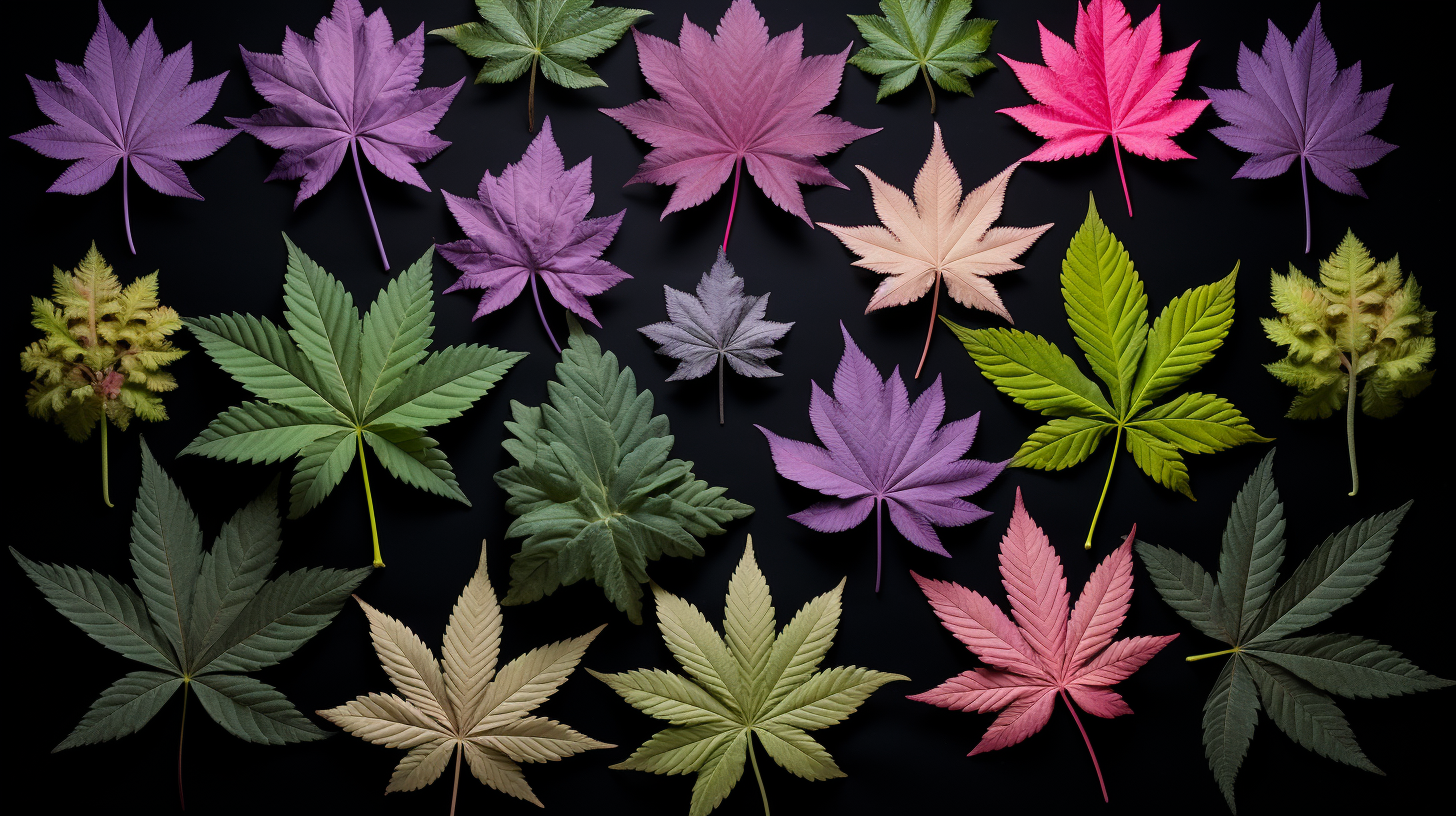
In our next discussion, we’ll dive into the fascinating world of hibiscus varieties, unraveling their deep-rooted resemblances and unique characteristics.
We’ll also strive to uncover their key differences and weed varieties that often stumped us, gardeners.
Understanding the Resemblance Among Hibiscus Varieties
It’s fascinating to note that some of its varieties closely resemble certain weed species, leading to confusion among novice gardeners. In understanding this resemblance, consider these factors:
1. Leaf shape
2. Flower structure
3. Growth pattern
These elements mimic certain flowers that look like weeds, causing the mix-up.
Now, let’s identify key differences between hibiscus and weed varieties.
The Key Differences Between Hibiscus and Weed Varieties
Let’s delve into the key differences between hibiscus and weed varieties, distinguishing them through leaf texture, color, and overall plant habit.
To the untrained eye, a bloom from a wild weed may resemble a hibiscus. However, the medicinal plant has distinct features that set it apart: its leaves are smoother, and its bloom is more vibrant.
Cultivating Hibiscus Varieties for Garden Enrichment
Cultivating its varieties can dramatically enrich your garden’s aesthetics and biodiversity. Here’s how:
1. Cranberry: Its burgundy leaves add color diversity.
2. Scarlet: Its vibrant enhances visual appeal.
3. Texas Star: Despite looking like a weed, it’s a star player in attracting wildlife.
Strategically cultivating these will lead to significant garden enrichment.
What Are Some Indoor Plants That Look Similar to Weeds? Can Lettuce Be Mistaken for a Weed?
If you’re interested in growing lettuce indoors: a complete guide, it’s important to know that some indoor plants may resemble weeds. Lettuce, for example, might be mistaken for a weed due to its similar appearance. However, by understanding the distinguishing characteristics of lettuce leaves, such as their distinct shape and color, you can easily differentiate it from actual weeds and cultivate your lettuce with confidence in your indoor garden.
Can Pressure Washer Hose Attachments Remove Weeds?
Using a versatile pressure washer hose attachment, you can effectively remove weeds. This attachment allows you to spray water with high pressure, dislodging and uprooting weeds from various surfaces. With its powerful jet, the pressure washer hose attachment makes the task of weed removal quick and efficient. Say goodbye to troublesome weeds with this helpful tool.
The Hidden Worth of Plants That Look Like Weed
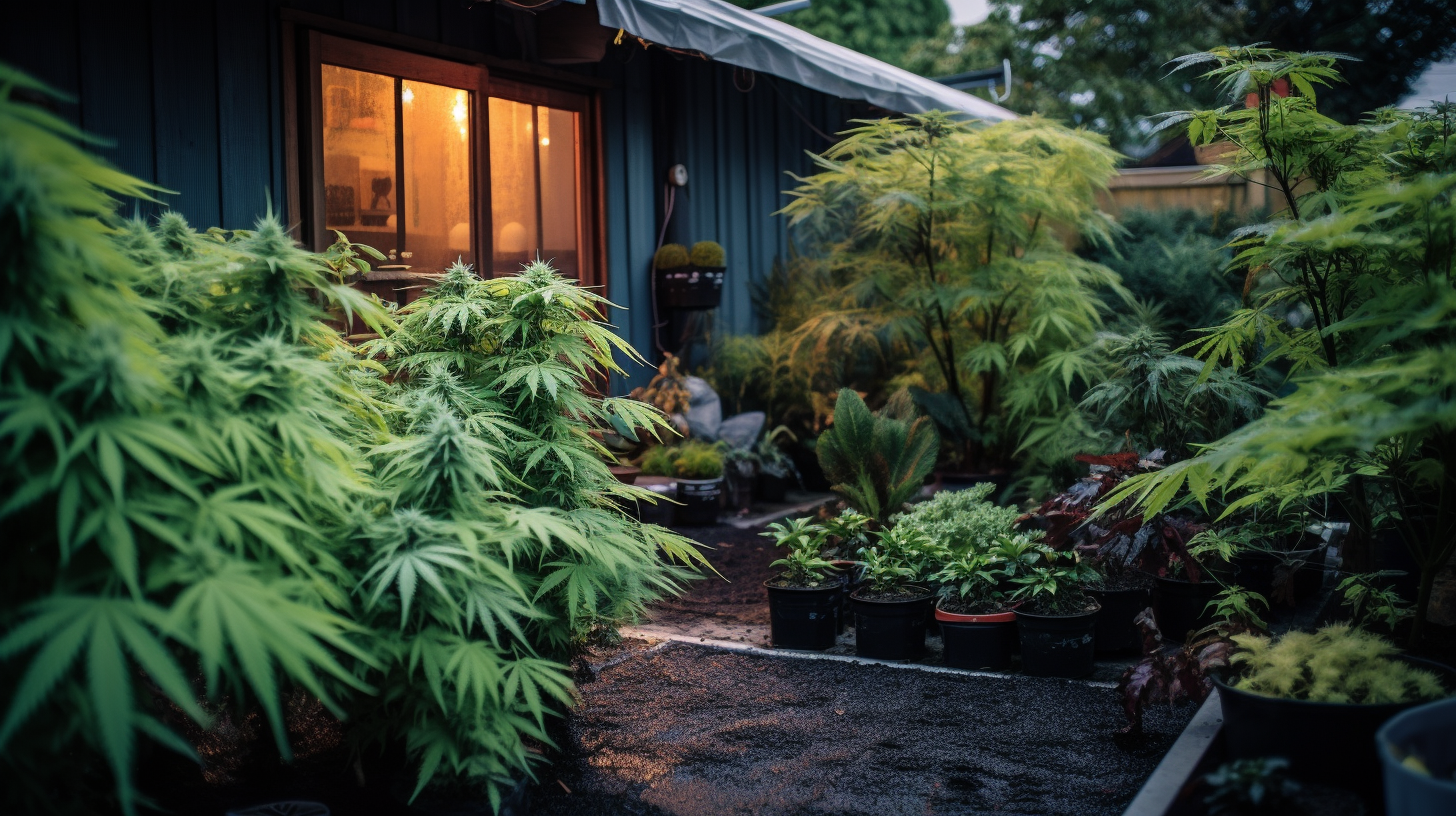
In today’s discussion, we’re diving into the hidden worth of plants that often get misidentified as weeds.
We’ll explore how you can use these misunderstood green wonders to enhance your garden’s aesthetic appeal, leverage their medicinal and culinary properties, and even promote biodiversity.
It’s time we shed some light on these underappreciated gems of nature!
Utilizing These Plants for Garden Enhancement
You’ll find that incorporating these deceptive flowers into your garden design can add a unique aesthetic appeal. Look at it this way:
1. Many plants blossom with beautiful blooms in the spring, so don’t mistake them for weeds.
2. Using these plants brings diversity and intrigue to your garden.
3. They’re perfect for utilizing as a background or filler.
Now, let’s explore another fascinating aspect of these plants – their medicinal and culinary uses!
Medicinal and Culinary Uses of Weed-Lookalike Plants
Not only do these unique plants enhance your garden’s look, but they’ve also got some impressive medicinal and culinary uses that you might not know about.
Certain weed-lookalike plants are packed with beneficial biochemicals, acting as a potent antibacterial agent. Their strong medicinal properties make them a healthy recipe addition, offering intriguing culinary uses.
These plants can elevate your mastery of holistic health and cooking.
Promoting Biodiversity with These Misunderstood Plants
Cultivating these misunderstood plants doesn’t just add variety to your garden. It also promotes biodiversity by providing habitats and food for local wildlife.
For example, the well-known Dandelion is often seen as a pesky weed, but it has many benefits. It attracts pollinators like bees and butterflies; its leaves are edible and rich in vitamins.
Another misunderstood plant is the tropical plant Mimosa Pudica, native to South America. It has beautiful pink blooms and unique leaves that fold up when touched. Despite being considered a weed in some areas, it can be a great addition to your garden as it attracts pollinators and adds a touch of exotic beauty.
Asters are often mistaken as weed-like plants but belong to a diverse group of flowering plants that come in many colors and sizes. They are highly attractive to bees and butterflies, and their late-season blooms provide a valuable source of nectar and pollen when others are scarce.
Frequently Asked Questions
What Are Some Common Characteristics of Flowers That Are Often Mistaken for Weeds?
Some flowers, often mistaken for weeds, typically have unstructured growth, small or inconspicuous blooms, and thrive in poor conditions. They’re hardy, invasive, and may lack the vibrant colors we associate with typical gardens.
Are There Any Health or Environmental Benefits to Flowers That Look Like Weeds?
Absolutely, there are benefits. Many “weed-like” flowers provide critical habitats for insects, improving biodiversity. Some even have medicinal qualities. We shouldn’t judge a plant by its looks; it might be more valuable than we realize.
How Can I Prevent Mistakenly Pulling Out Flowers That Look Like Weeds From My Garden?
To prevent accidentally removing flowers resembling weeds, I’d recommend learning to identify them properly. It combines studying their leaf shape, growth patterns, and characteristics. Practice makes perfect!
Are There Specific Regions Where These Weed-Like Flowers Are More Commonly Found?
Yes, regions with temperate climates often have a greater variety of flowers that can be mistaken for weeds. I’ve found them abundantly in my garden in the mid-Atlantic U.S.
Can Flowers That Resemble Weeds Attract Certain Types of Insects or Wildlife?
Absolutely, flowers resembling weeds can attract specific insects or wildlife. Their unique shapes and colors often lure pollinators that have adapted to their structure. I’ve noticed this in my own gardening experiences.
Conclusion
In conclusion, it’s vital to know your plants! It’s easy to mistake certain flowers for weeds due to their similar appearances.
Yet, plants like mint, Japanese Maple, and hibiscus have hidden worth and unique beauty. So, let’s not judge a plant by its weed-like appearance.
After all, some of the most stunning flowers might just be hiding in plain sight in your garden!




